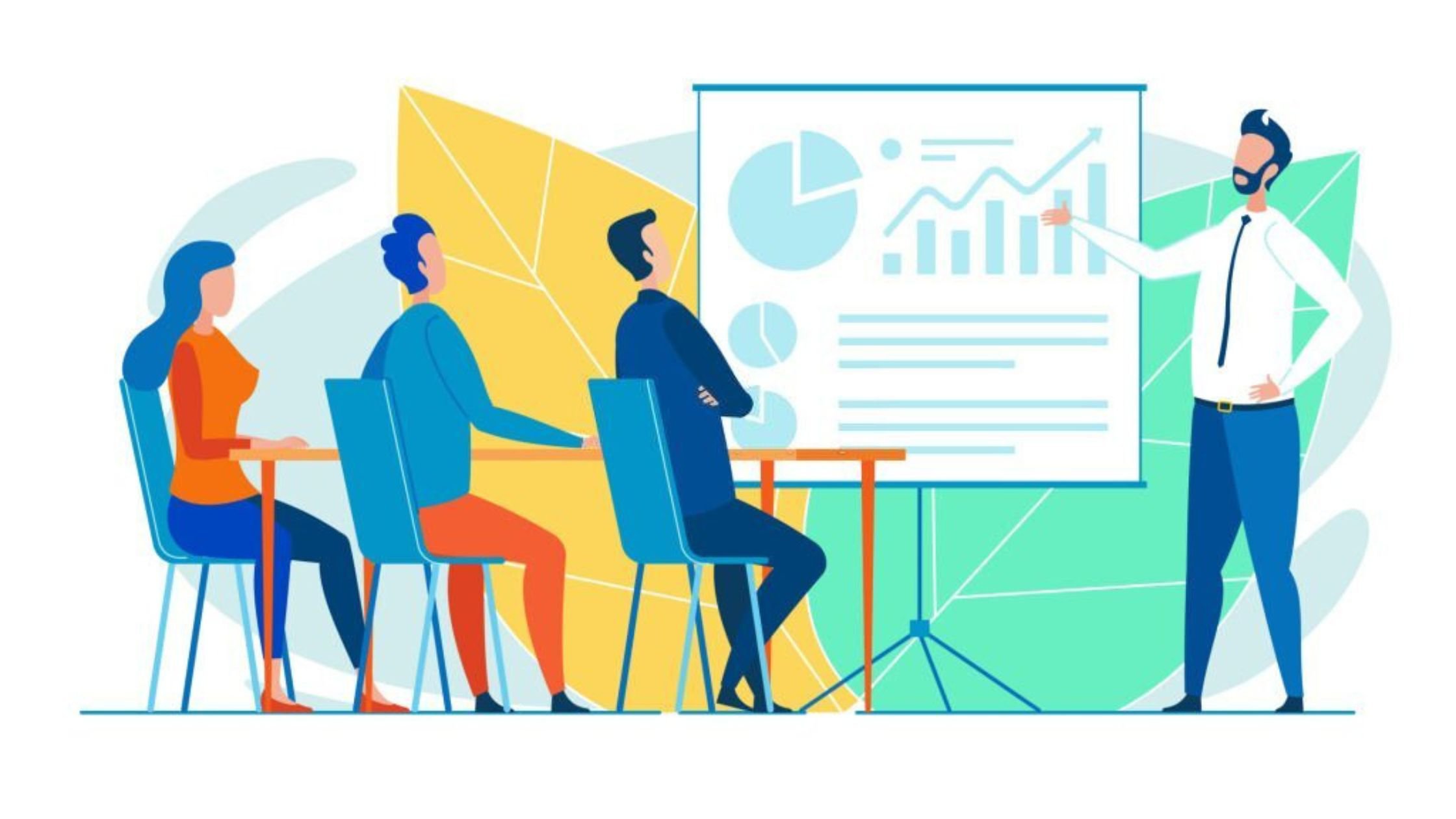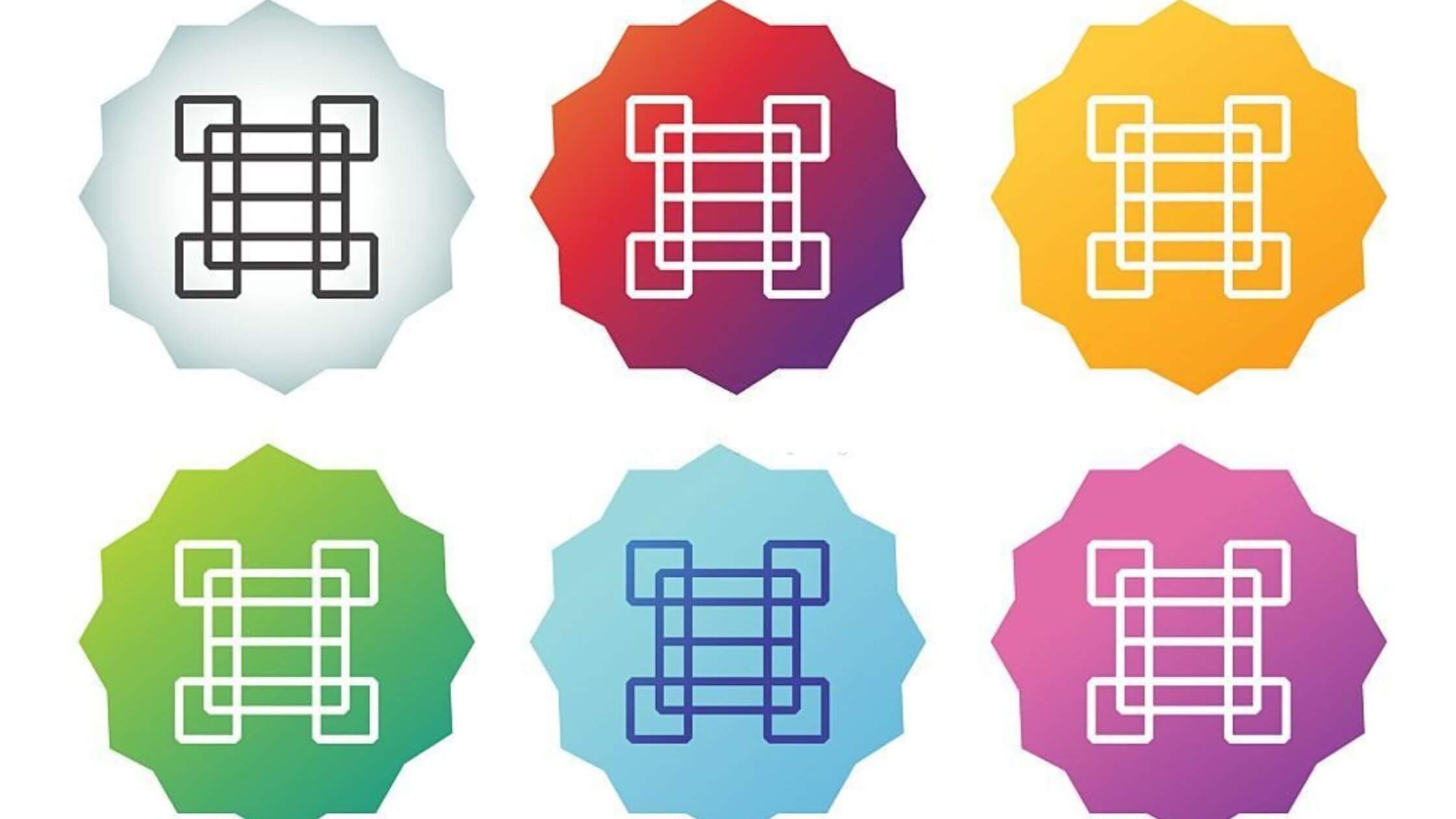

Efficient project scheduling is crucial for successful project management. The critical chain approach is a method that can help optimize project schedules, ensuring timely completion while considering the uncertainties and dependencies inherent in projects. In this article, we will explore how to apply the critical chain approach in just four simple steps, enabling you to improve your project scheduling and overall project performance.
Step 1: Identify Critical Project Tasks
The first step in applying the critical chain approach is to identify the critical tasks in your project. Critical tasks are those that directly impact the project’s overall duration. These tasks have zero slack or float, meaning any delay in their completion will directly delay the project’s completion date. Identify and prioritize these tasks to create a clear understanding of the project’s critical path.
Step 2: Account for Resource Constraints
Resource constraints are often a significant factor in project delays. The critical chain approach emphasizes the importance of managing resources effectively. Assess the availability of resources needed for each critical task and identify potential resource bottlenecks. By considering resource constraints upfront, you can allocate resources more efficiently and avoid unnecessary delays.
Step 3: Implement Buffer Management
Buffer management is a key component of the critical chain approach. It involves the strategic placement of buffers or reserves in the project schedule to protect against uncertainties and variations in task durations. Two types of buffers are typically utilized: project buffers and feeding buffers.
A project buffer is placed at the end of the critical chain and protects the project’s overall duration. It allows for some flexibility and helps absorb any unforeseen delays that may occur within the critical chain. Feeding buffers, on the other hand, are placed before tasks that feed into the critical chain, safeguarding against delays that may impact critical tasks.
Step 4: Monitor and Control Project Execution
Once the critical chain approach is implemented, it is crucial to continuously monitor and control project execution. Regularly assess the progress of critical tasks and compare it to the buffers allocated in the schedule. If a task exceeds its buffer, it indicates a potential delay that needs to be addressed promptly. By closely monitoring the project’s progress, you can take proactive measures to mitigate risks, address issues, and keep the project on track.
Critical Path vs Critical Chain Approaches
The Critical Chain Method is similar to the Critical Path Method, as you could have inferred from the name. Let’s quickly review the Critical Path approach before outlining what the Critical Chain Method is. After defining the relationships between project activities, we can connect these activities in order to build the project’s network schedule. Finding the longest way to the crucial path is the final stage.
Eliyahu M. Goldratt created this method called “Critical Chain”. It’s important to understand both the Critical Path Method and the Critical Chain Method in order to master the distinct approaches. Let’s take a look at the Critical Chain Method and compare these two approaches.
The Four Steps Of The Critical Chain Method
The Critical Chain Method starts by developing the network diagram. The next step is creating the timetable, assigning each task a time that will still allow it to finish by the deadline. The resource dependencies are added during the 3rd step. The critical chain is then calculated at the end.
To summarize, the Critical Chain Method looks like this:
- Create the network diagram.
- Develop your schedule by allocating every activity the timeframe to transpire as late as it can be, while still meeting the deadline.
- Add the resource dependencies.
- Calculate the critical chain, and add buffers to the critical tasks.
Why Should You Use The Critical Chain Method?
So now, you might be asking, why should I use the Critical Chain Method? Are there any advantages to it? If so, what are they? Well, first of all, no one gets endless project resources in any project they work on, as we all know. Those resources can be individuals, tools, or even physical space, among other things.
Depending on the situation, one resource may occasionally conduct the tasks, even if there’s no necessary dependence between them. As a result, the resources become dependent on one another. Because of this, the critical chain technique must also take into account all of those types of dependencies.
Keep in mind that in this manner, important activities should have buffers inserted. What would we achieve by doing that? Well, since planning is necessary to develop an attainable schedule that is realistic, some risks that might extend any project activities need to be taken into account. Once your project is over, you will be glad that you added them, even if there was no need to use them. Better to be safe than sorry!
Sign-up for a 7-day free trial! Try the first two modules of Brain Sensei’s story-based PMP and CAPM Exam Prep courses and a mini practice exam and see how it all works
Conclusion
The critical chain approach offers a structured and effective method for optimizing project scheduling and improving overall project performance. By following the four steps outlined in this article, you can successfully apply the critical chain approach to your projects. Identify critical tasks, account for resource constraints, implement buffer management, and diligently monitor project execution. By doing so, you will enhance your project scheduling capabilities, minimize delays, and increase the chances of project success.
Embrace the critical chain approach and unlock the potential for efficient and effective project management.
Have you led projects and are looking to earn a project management certification? You might be interested in learning about how lucrative this can be. Check out these articles.
13 PMP Benefits Once You Get The PMP Certification
No experience leading projects but still want to get into project management? No problem! Check out these articles.
CAPM Certification Eligibility
What is a Certified Project Manager; How do I get PM Certifications


